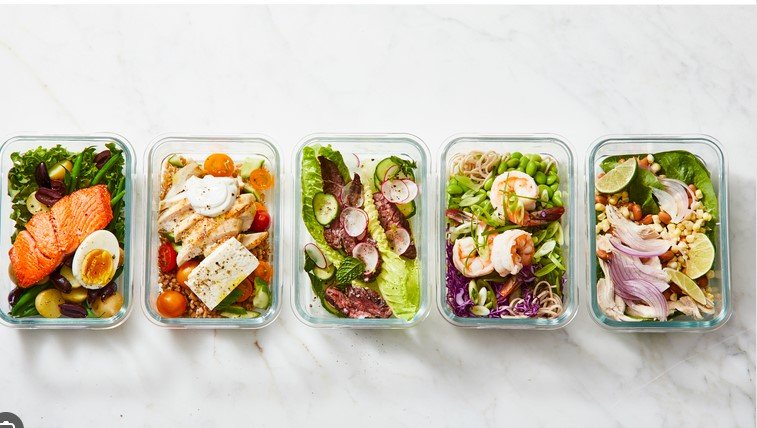Meal prep basics: planning for success involves organizing and preparing your meals ahead of time to save time and ensure healthy eating. Effective meal prepping helps you stay on track with your dietary goals and makes busy weekdays much more manageable. By following a few fundamental strategies, you can streamline your meal prep and enjoy delicious, nutritious meals throughout the week.

Understanding Meal Prep Fundamentals
Meal prep basics: planning for success starts with understanding the core principles of meal preparation. Begin by setting aside a specific day or time each week dedicated to meal prep. This could be a weekend day or an evening when you have more time. Planning ahead allows you to grocery shop efficiently and prepare meals in batches.
Start by choosing recipes that are easy to prepare in large quantities and that store well. Dishes like salads, casseroles, and grain bowls work well for meal prep. Create a shopping list based on your chosen recipes and stick to it to avoid buying unnecessary items.
Organizing Your Ingredients
Meal prep basics: planning for success also involves organizing your ingredients effectively. After grocery shopping, sort your ingredients by type and store them properly. Use clear containers to keep prepped vegetables, grains, and proteins fresh. Labeling containers with the date can help you keep track of how long items have been stored.
Invest in quality storage containers that are microwave-safe and leak-proof. Glass containers are a good choice as they can be used in the oven and are easy to clean. Proper organization reduces the time spent searching for ingredients and ensures that everything stays fresh.
Cooking and Portioning Your Meals
Meal prep basics: planning for success include efficient cooking and portioning of your meals. Cook proteins like chicken, beef, or tofu in bulk, and prepare grains such as rice or quinoa in large quantities. Roast or steam a variety of vegetables to use throughout the week.
Once the cooking is complete, portion your meals into individual containers. Aim for balanced portions that include a good mix of protein, carbohydrates, and vegetables. Portioning meals helps with portion control and ensures that you have ready-to-eat options available.
Incorporating Variety and Flavor
Meal prep basics: planning for success also involve incorporating variety and flavor into your meals. To avoid boredom, prepare different types of dishes each week. Use a variety of spices, herbs, and sauces to keep your meals flavorful and interesting.
Try to include a mix of different proteins, vegetables, and grains in your meal prep. For example, one week you might focus on chicken and quinoa, while the next week, you could switch to salmon and brown rice. This variety keeps meals enjoyable and helps prevent meal fatigue.
Storing and Reheating Your Meals
Meal prep basics: planning for success require proper storage and reheating techniques. Store prepped meals in the refrigerator for up to 4-5 days. For meals you want to keep longer, consider freezing portions. Label and date frozen meals to keep track of what you have on hand.
When reheating meals, use microwave-safe containers or heat on the stove to ensure even warming. Avoid reheating meals multiple times to maintain freshness and quality. Proper storage and reheating help preserve the taste and nutritional value of your prepped meals.
Conclusion
Meal prep basics: planning for success provide a solid foundation for efficient and effective meal preparation. By organizing ingredients, cooking in bulk, and storing meals properly, you set yourself up for a week of healthy eating with minimal effort. Incorporating variety and proper storage techniques ensures that your meals remain enjoyable and nutritious. Embrace these meal prep basics to streamline your cooking routine and enjoy the benefits of well-planned, convenient meals.











